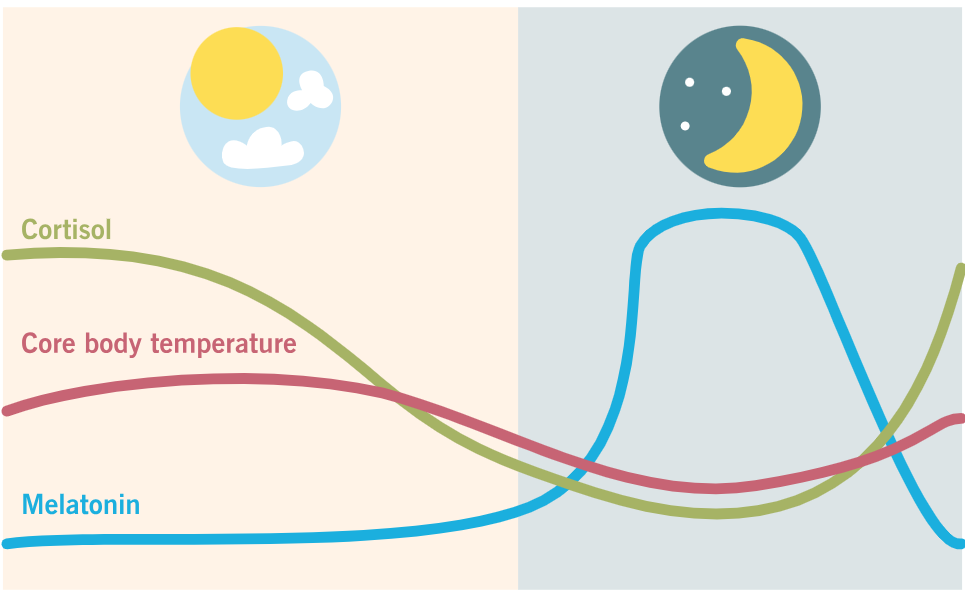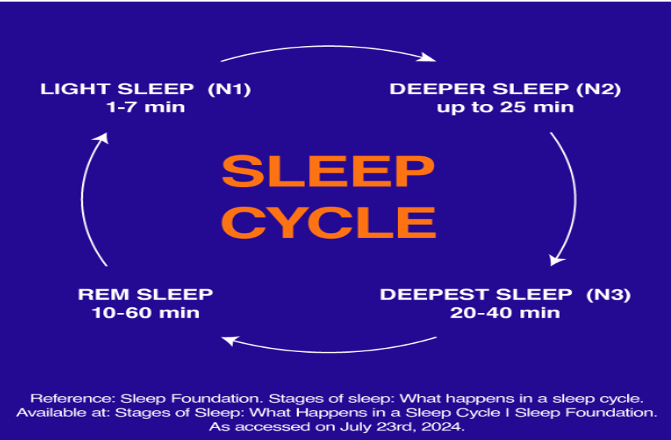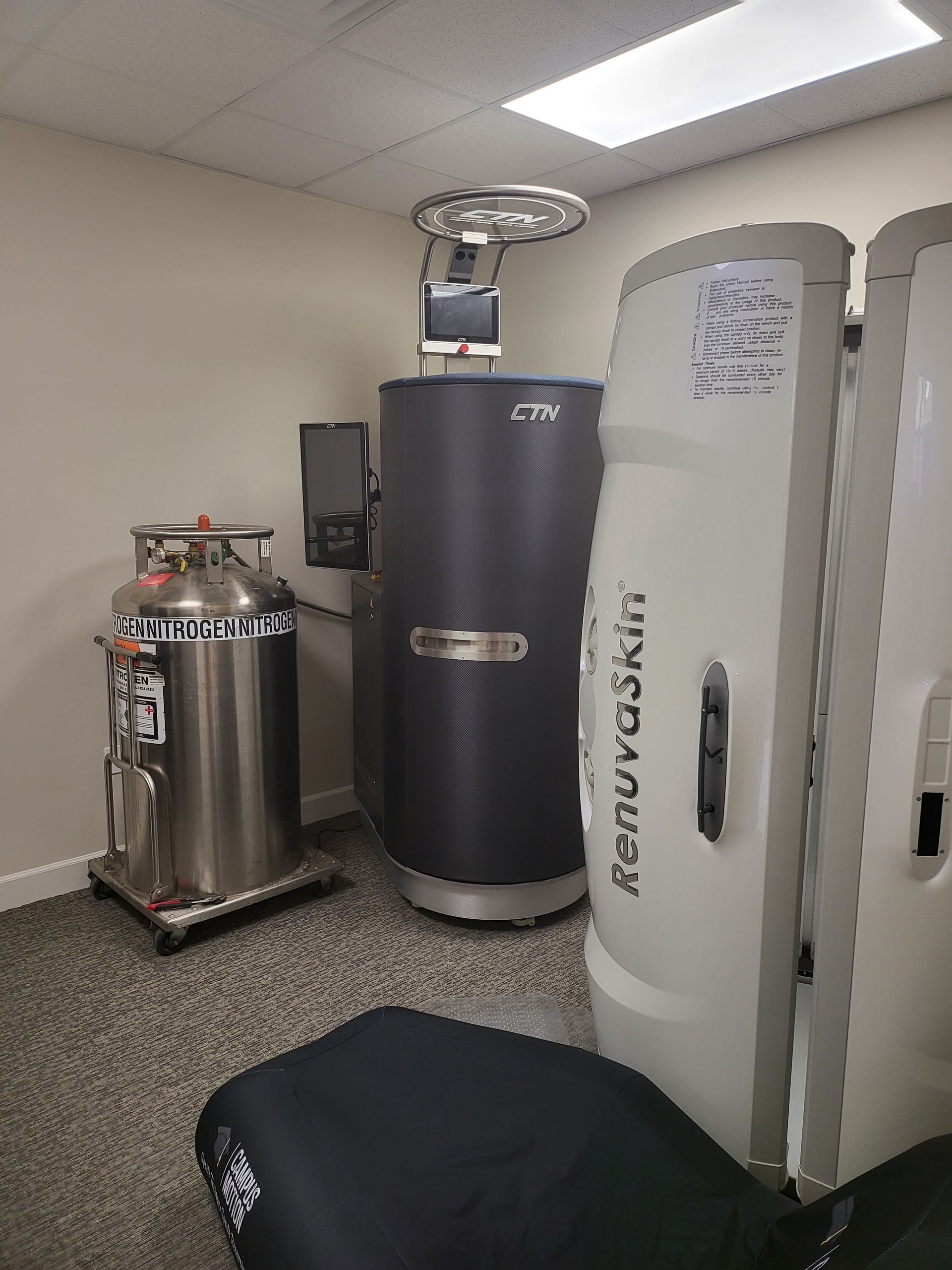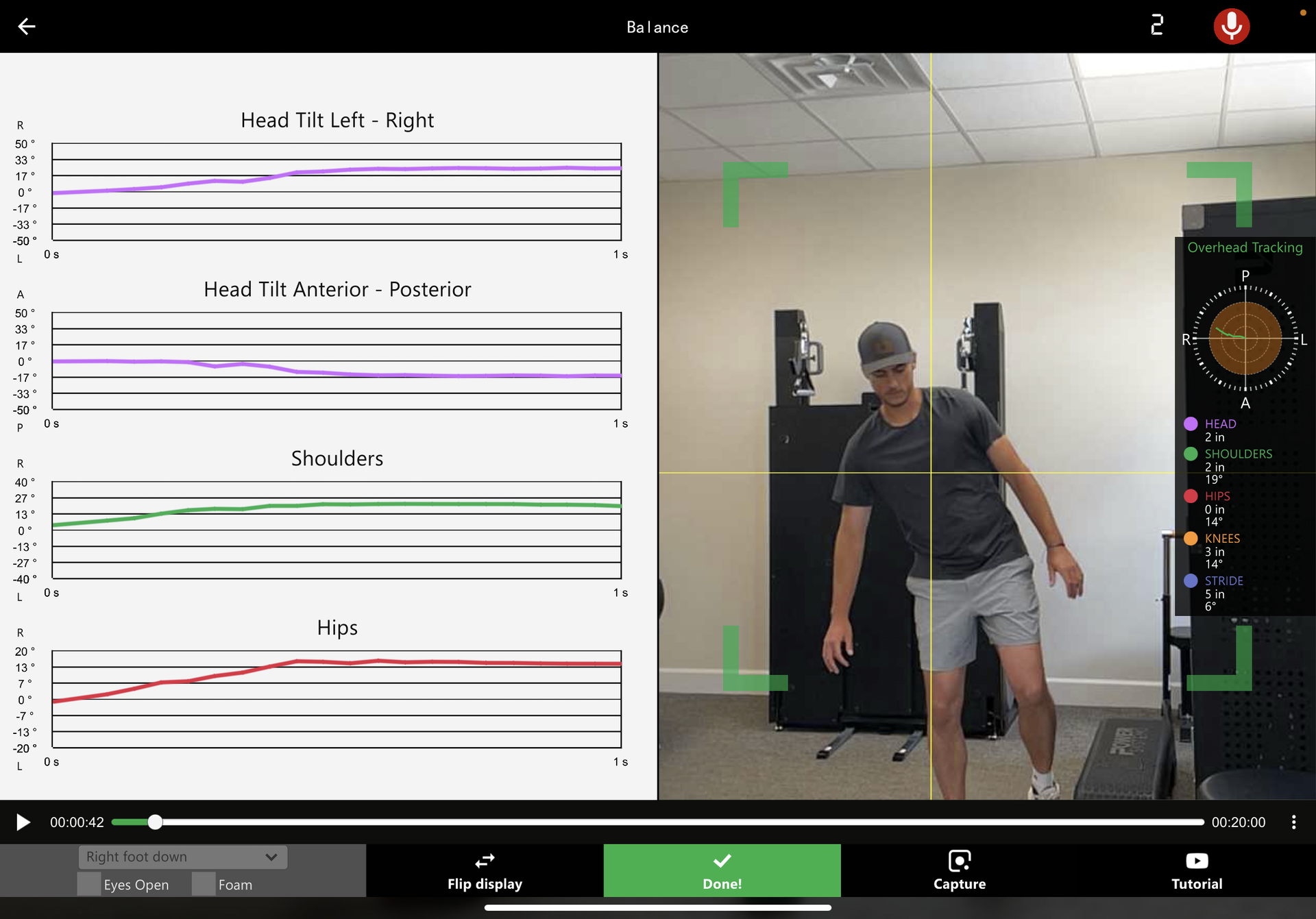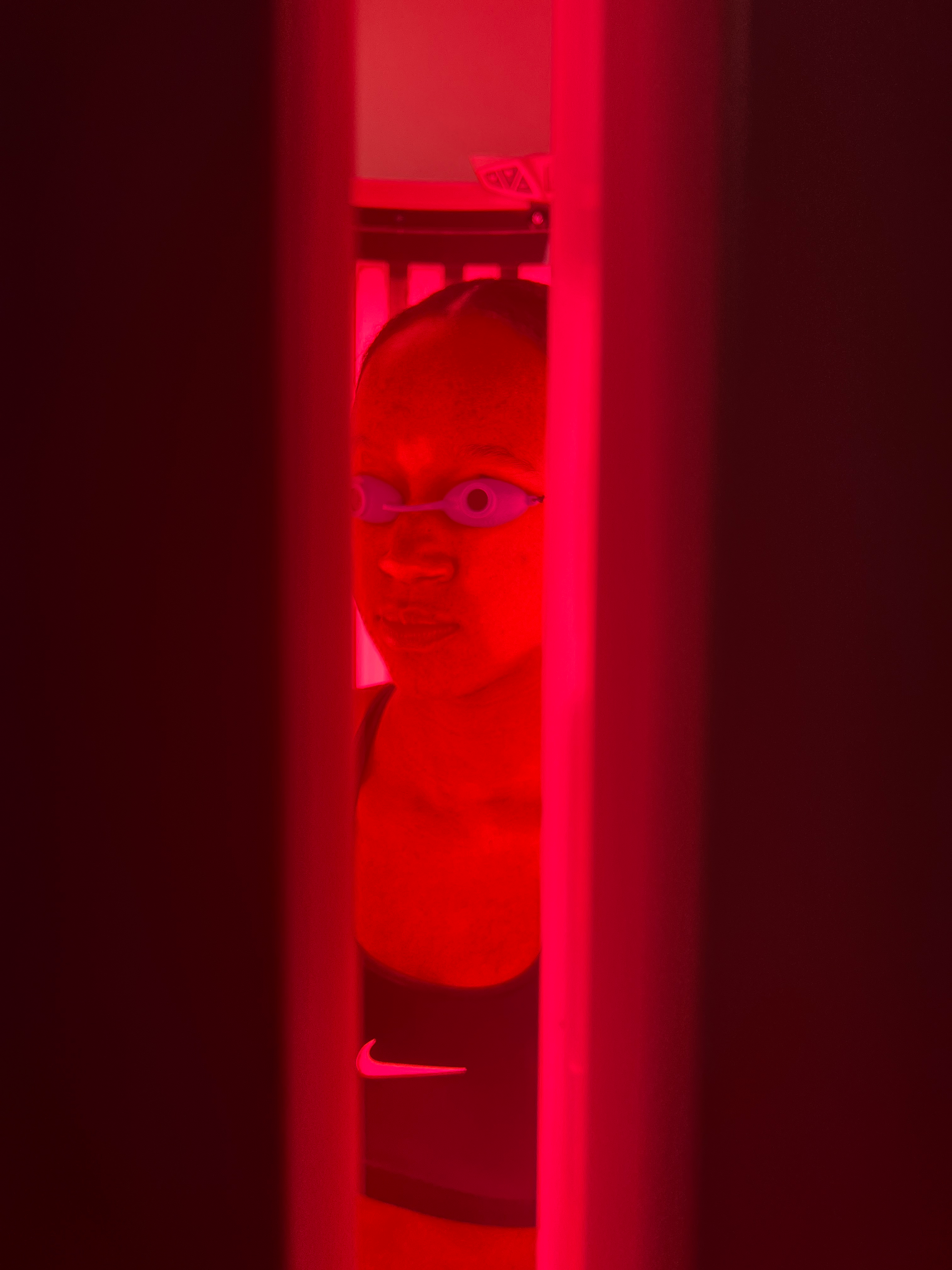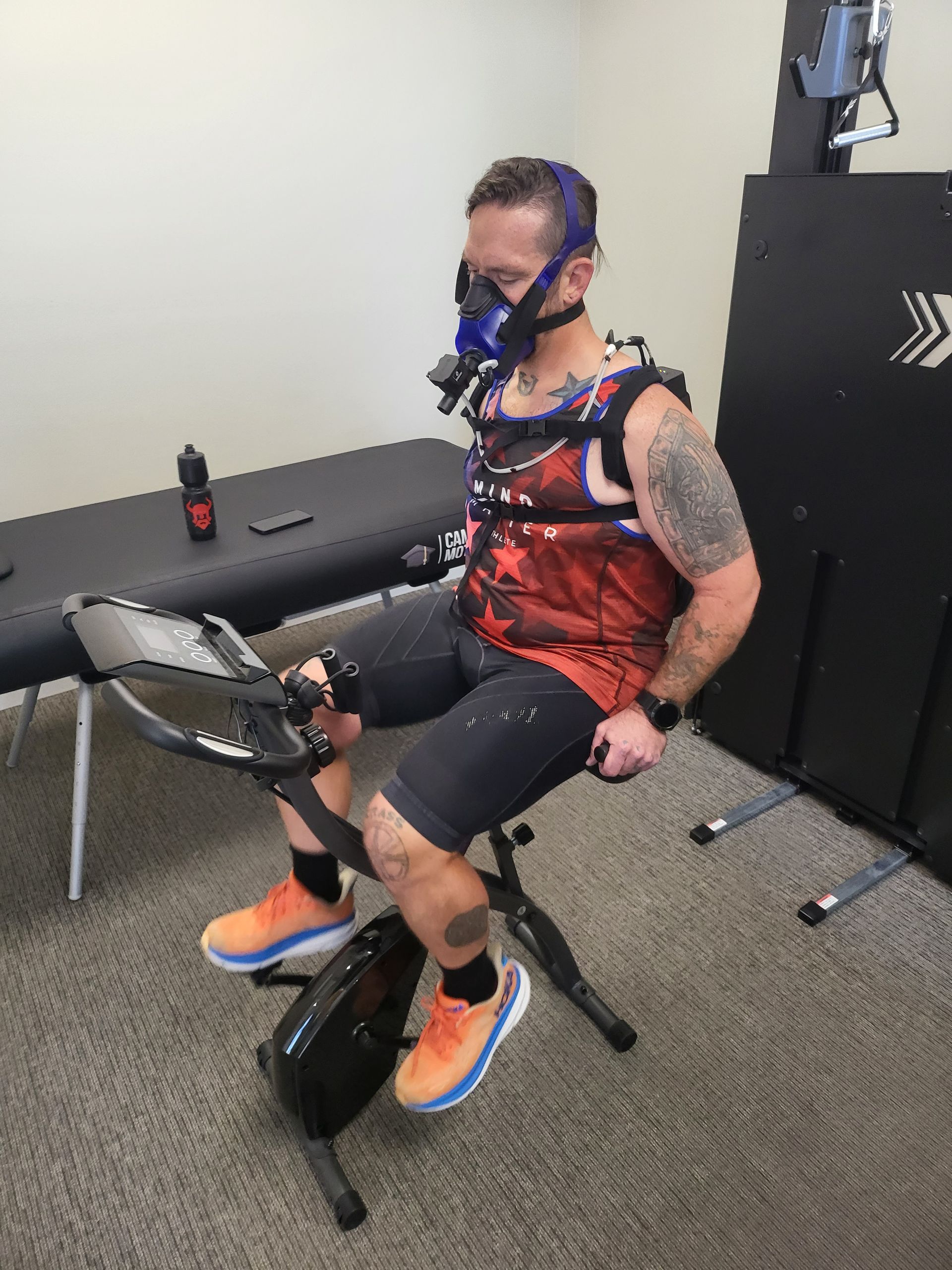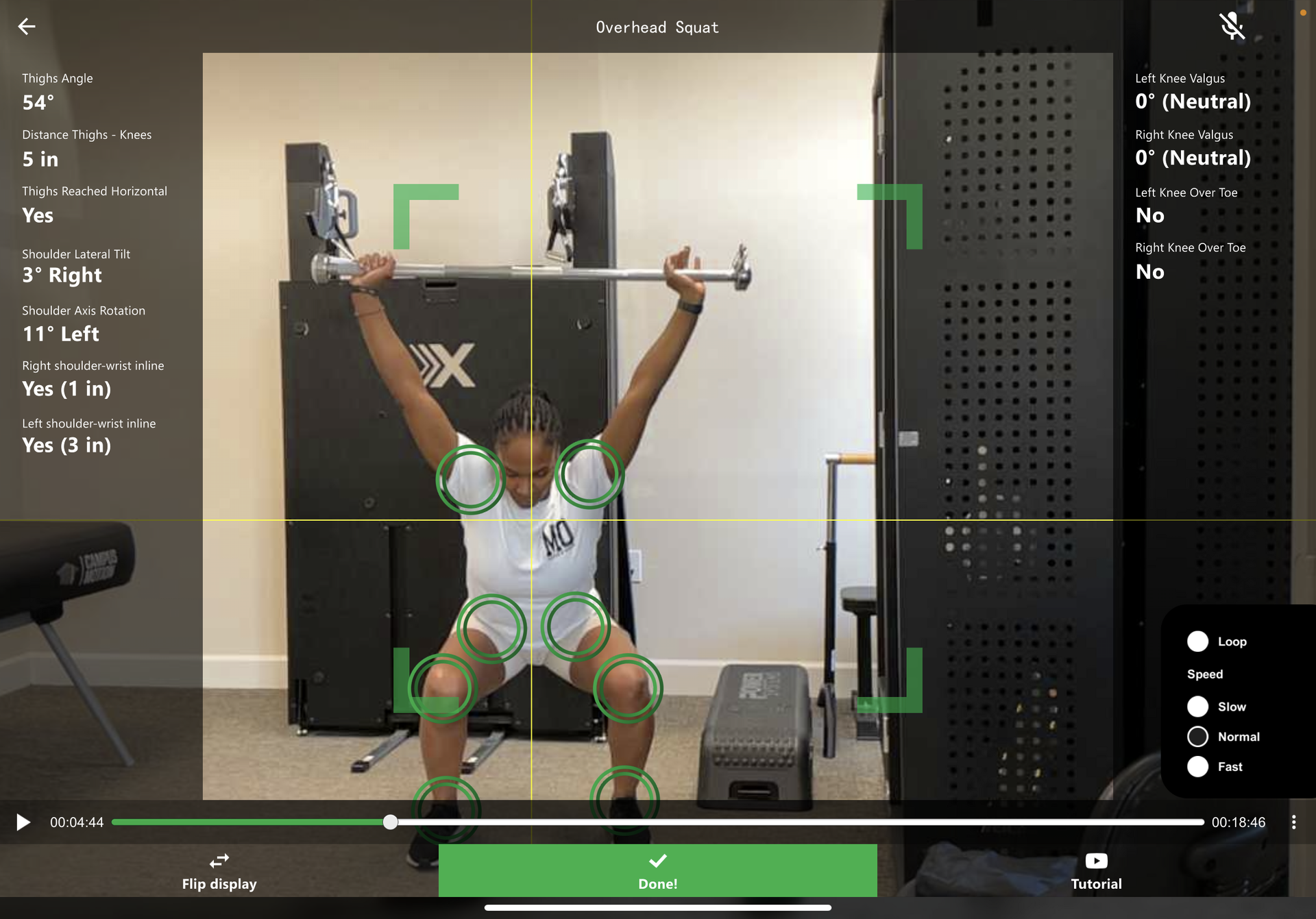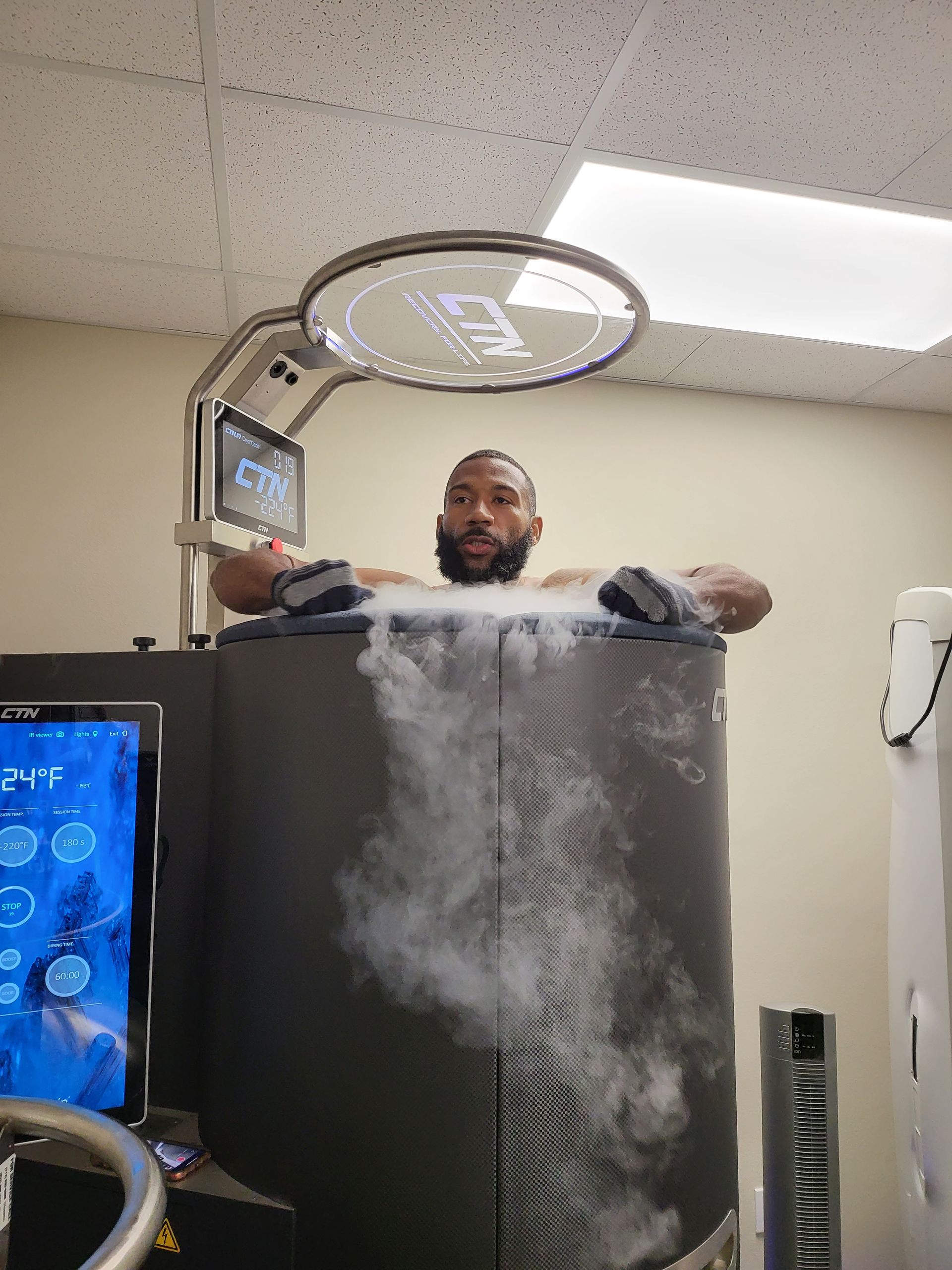Strategies and Options to Improve Your Student's Athletic Performance
If you are looking to improve your athletic performance, there are several strategies and options available that can elevate your game.
Professional athletes were among the top five occupations for injuries. A combination of sports competitors and athletes suffer more than 2,000 injuries per 10,000 people. These injuries not only cause pain but also prevent athletes from competing or working out.
Student's Movement Assessment and Athletic Performance
Injured athletes have no other choice than to remove themselves from the sport or activity they're involved in until they've healed completely from their injury. To prevent injury and improve athletic performance, there are a few things you can do. Whether you're a professional athlete or simply want to elevate your training routine and physical health, continue reading below.
Here's everything you need to know about boosting your athletic performance in a safe and healthy way!
Prevent Athletic Injury
Before performing, it's beneficial to have confirmation that your body's ready to perform at its peak in the sport or activity of your choice. You should know what your risk of injury is at in the current moment depending on several factors.
To do this, you can take an athletic performance and injury prevention test with an E report. After conducting proper testing, you'll be given a report that'll answer all of your questions. You can also speak with an expert after receiving your results for more explanation.
Another way to prevent injury when training is to always have a trainer or a workout partner with you. There are various exercises that require a partner to spot you to be done safely. Having a workout partner by your side also provides you with someone to contact help if needed in case of an emergency.
Allow Your Body to Recover
Once you start seeing results and become dedicated to working out on a regular basis, it's sometimes difficult to take a break. You want to push yourself each and every day to reach those goals quicker. However, your body also requires a proper amount of recovery time in order to perform at its best.
Overworking your body isn't the best way to get the results you want. Failing to take breaks can actually hold you back from reaching them. For example, over-exerting yourself can lead to exercise-induced injuries, which will hold you back.
Rest days give your muscles the time they need to recover properly. To ensure your muscles rest, workout different muscle groups each day. Take rest days on the weekends or as needed in between.
It's also beneficial to look into sports recovery services. Sport-related injuries happen. Here's are some of these services.
- Whole Body Cryotherapy
- Local Cryotherapy
- Red Light Therapy
- Assisted stretching/manual treatments
- Compression Therapy
- Mindfulness/Brain Fitness
Keep Track of Your Performance
How can you measure your performance and why is it important to do so? If you're not keeping track of your performance, then you won't have concrete evidence if you're improving or not. There are many apps that help you keep track of your progress.
These apps can give you information about your performance level and offer insights and tips on what you need to work on. Physical health and wellness services effectively use technology and a collaborative team approach to ensure you're meeting your goals, have updates on your progress, and have an expert right at your fingertips to answer any questions you may have.
Don't Dismiss Functional Exercises
Functional exercises help your body focus on the normal movements your body does during the sport or activity you participate in. Don't dismiss functional exercises from your workout routine. You need to include this type of exercise with your isolated exercises.
Placing a focus on functional exercises helps improve your movements and even prevents injuries. What are some functional exercises you can try?
- Olympic lifts
- deadlifts
- goblet squats
- split squats
These are just a few examples to get you started. When doing these exercises, you'll engage different muscle groups at the same time.
Create an Effective Routine
To become a successful athlete or find optimal physical health, you need to stay disciplined. You can eat right and exercise for several weeks but without proper discipline and routine effectiveness, it's not uncommon for one to lose motivation. For this reason, create a routine that works well for your preferences and schedule.
You should first consider what your athletic goals are. Write down these goals and research workouts that focus on reaching those specific goals. Not all workouts offer the same type of results.
For example, do you want to build muscle, increase stamina, do both, or do something different? Once you know what your goals are, create a daily schedule. Balance all your activities and manage your time well.
Wake up at the same time each morning and go to bed at the same time each night. Prepare your meals for the day and know what type of workouts you're going to do for each day. Your routine doesn't have to be strict.
Give yourself some flexibility and build your routine around what works best for you, so you can start each day in a great mood!
Get the Proper Amount of Rest
Your body needs quality sleep each night in order to perform at its best each day. If you're not getting enough rest at night, then you may wake up feeling irritable, frustrated, and tired. This isn't how you want to start any day, especially a day full of training.
You should be getting between 7 and 9 hours of sleep each night. Start keeping track of your sleeping patterns now to determine where you fall on this scale. To ensure you get enough sleep, it's beneficial to create your own sleep schedule as well.
You want to select a time to go to sleep each night. This time doesn't need to be anything specific. It simply needs to work for you and your schedule.
Before getting into bed, there are a few things you can do to prepare your mind and body for rest. Some examples are as follows:
- take a warm bath in dimmed lights
- turn off all electronics 30 mins before bedtime
- listen to relaxing music
- Meditate or BrainTap
- refrain from consuming caffeine late in the day
Once you build a healthy sleep schedule, you'll notice you feel more alert and ready to start your day each morning.
Consume the Right Foods
Your body needs the right foods in order to perform the way you want it to. You can't put low-quality foods into your body and expect to see quality results. However, there's not one type of food that's right for every athlete.
The right foods for you depend on the type of training you're participating in. If you want to build muscle, then you need to consume enough protein and calories. Boxers, weightlifters, and wrestlers should consume high-protein foods to help build those muscles.
A high-calorie diet is essential for those who participate in marathons, cycling, and swimming. The number of calories, protein, and carbohydrates you take in each day will also depend on the type of workouts you're doing that day. The best way to determine the right diet for you is to speak with a nutritionist.
Your nutritionist will create a meal preparation plan that aligns with your athletic goals.
Use Complex Carbs For Fuel
How do you currently provide your body with fuel? Simple sugars can boost your energy levels but come with disadvantages. You'll experience a temporary sugar high that ends in a sugar crash.
This is not the ideal way to fuel your body for the day, especially when participating in regular exercise. Instead, use complex carbs for fuel. Your body will only consume a certain amount of simple sugars for fuel.
Your body can absorb more complex carbohydrates than simple sugars. This leaves you with reliable energy without the crash, which is ideal for quality training. Here are some examples of complex carbs for fuel.
- nuts
- vegetables
- brown rice
- oats
- wild rice
- barley
These are several examples of complex carbohydrates you can consume to give you the energy you need to get through your workout and day!
Take Necessary Supplements
Even with a proper diet, it's still ideal to include necessary supplements into your daily routine. Supplements are full of vitamins, macronutrients, and minerals your body needs. For example, whey protein is ideal for pre and post-workout intake.
Taking whey protein as a pre or post-workout can help you build muscles faster and recover from your workout with ease. You can also find supplements to prevent muscle catabolism, improve metabolic rate, or boost mental awareness and energy levels. Keep in mind that taking supplements works best only when you take them with a proper diet.
Refer back to your list of goals and determine what type of supplements would work best for you.
Switch Up Your Workouts
For beginners, finding one workout routine that works well for you is something you might work on for several weeks. You're focusing on getting your form down right and going up in weights when appropriate to do so. As you begin to improve and become a professional at those specific workouts, it's not uncommon to start feeling bored with your routine.
Don't hesitate to switch up your workouts. Varying your workouts not only helps keep you interested and engaged, but it's also essential to becoming a well-rounded athlete. Don't focus only on cardio or weightlifting.
Instead, incorporate all types of workouts with a slight focus on the workouts that will help you reach your goals the fastest. You also don't want to do the same type of cardio or weightlifting workouts each time. There are so many types of workouts for each muscle group, cardio, and more!
Switch things up from time to time to try new workouts you might end up enjoying more. A good tip is to switch up your workouts every three weeks. For example, if you've been placing more focus on running on the track, then consider trying an exercise bike to keep things interesting and ensure you're targeting different parts of the body.
Focus on Proper Hydration
In order to perform at your best, you need to stay hydrated. During exercise, your body will sweat. When you sweat, you lose water from your body.
This makes you more susceptible to dehydration. When working out, you need to drink more fluids. Failing to stay hydrated can lead to some serious health issues and cause fatigue.
To prevent dehydration from happening, make sure you drink enough water from the start of your day to the finish (not only when you're working out). Know how much water you need a day and use a jug with measurements on it to help you keep track of your water intake.
Contact us today to register for our precision performance and recovery services to see how we can help you!
